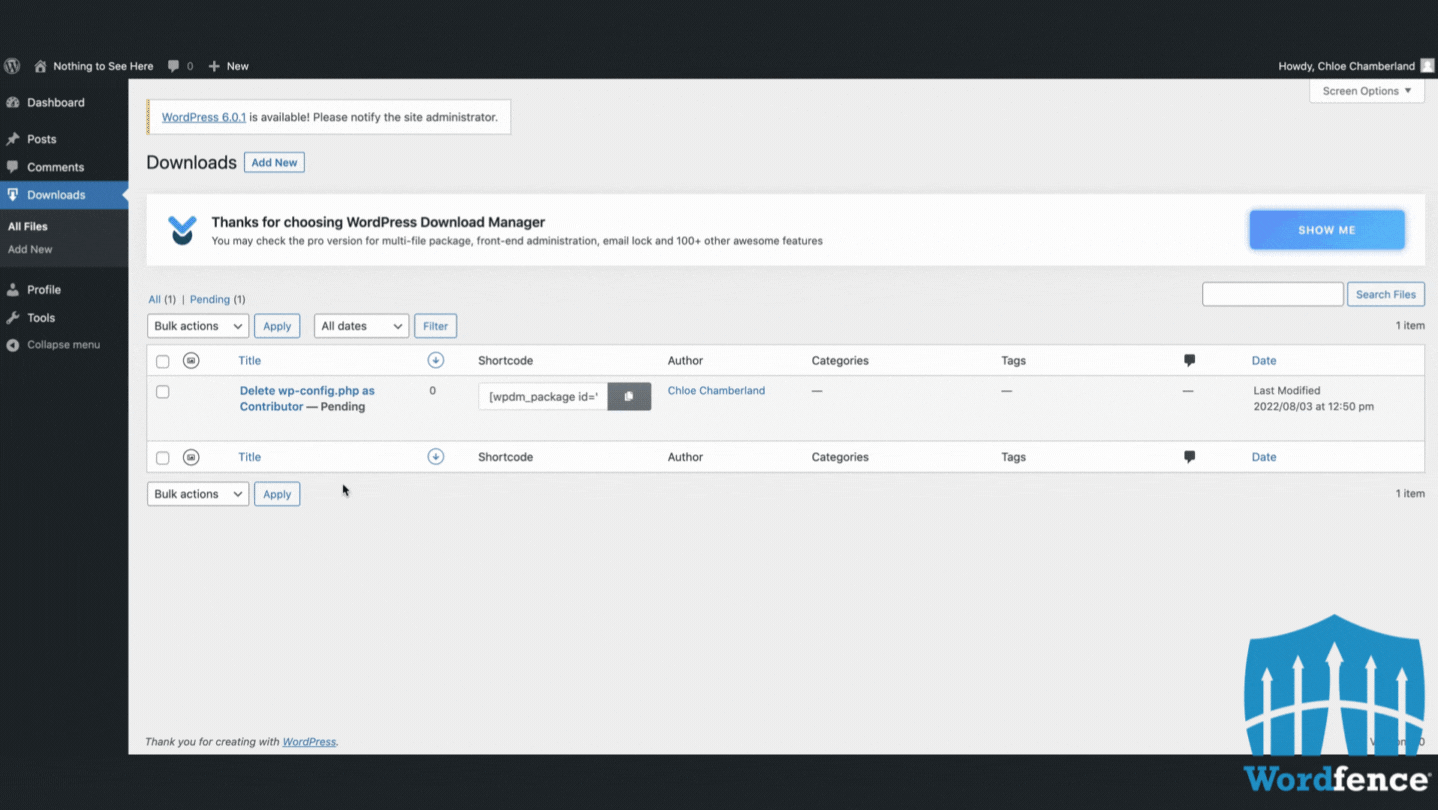With its new SonicWave 641 and SonicWave 681 access points, SonicWall has combined the security and performance benefits of Wi-Fi 6 with our simplified management and industry-leading TCO.
Organizations are evolving — some more quickly, others more reluctantly. But over the past three years, the pace of change for everyone has accelerated to hyperspeed.
In early 2020, very few people could have foreseen the changes that were about to be unleashed on the world. And even fewer could have successfully predicted the long-term impact that COVID-19 would have on the way the world’s eight billion people live and work.
Prior to the pandemic, only about 2% of employees worked remotely. By May 2020, that number had risen to 70%, according to the Society for Human Resource Management. This pivot was possible because organizations were able to adjust their infrastructure to meet new working demands — and wireless technology played an important part in this solution.
The importance of wireless technology goes far beyond simply enabling employees to work remotely. According to a study, 87% of organizations believe that adopting advanced wireless capabilities can be a competitive advantage, because it allows them to innovate and increase agility. And 86% of networking executives believe advanced wireless will soon transform their organization.
But wireless technology impacts more than just how we work: It has changed the way we shop, watch movies, listen to music, navigate in our cars, or spend time with family and friends (some of whom may be a half a world away). And every one of us expects a good experience every single time we use wireless. That’s a tall order, especially given the sheer number of existing devices and the ever-growing amount of bandwidth being consumed.
The need for high-performing, secure wireless technology has never been greater — and Wi-Fi 6 is a massive next step toward this reality. SonicWall’s SonicWave 641 and SonicWave 681 access points provide the combination of performance and security that we all demand.
What is Wi-Fi 6?
Wi-Fi 6, also known as 802.11ax, is the successor to 802.11ac Wave 2, or Wi-Fi 5. While the primary goal of Wi-Fi 6 is to enhance throughput in complex environments, there are additional benefits:
- OFDMA’s multi-user support can make Wi-Fi 6 access points more efficient than Wi-Fi 5’s single-user OFDM. This results in lower latency.
- Wi-Fi 6 utilizes WPA3, which provides advanced security features to enable more robust authentication.
- BSS coloring marks traffic on a shared frequency to determine if it can be used. The result is less interference and more consistent service in complex environments.
- Target Wake Time (TWT) allows devices to determine how often to wake to send or receive data, improving battery life.
- Wi-Fi 6’s multi-user, multiple input, multiple output (or MU-MIMO) supports multiple users within a single network environment. This allows multiple users to upload and download data at the same time, resulting in less wait time and faster network speed.
Some of these features are designed to improve performance, while some are designed to improve security. Any one of them can make a positive difference in an organization’s wireless network. Combined, however, the feature improvements provided by Wi-Fi 6 can create a significant wireless network advancement for any organization.
SonicWave 641 and SonicWave 681
SonicWall’s SonicWave 641 and SonicWave 681 are Wi-Fi 6 access points that deliver wireless performance and security that are superior to the 802.11ac standard.
But there are additional benefits available with the SonicWave 641 and SonicWave 681, such as SonicWall Capture Security Center, a scalable cloud security management system that helps you control assets and defend your entire network against cyberattacks.
SonicWave 600 series APs also integrate with Wireless Network Manager, an intuitive centralized network management system that leverages the cloud to make it easy to manage complex wireless and security environments with a single-pane-of-glass management portal.
WiFi Planner is a site-survey tool that allows you to optimally design and deploy a wireless network to get maximum coverage with the fewest number of APs, resulting in a lower TCO.
And the SonicExpress mobile app allows you to easily register and use the Wireless Network Manager to set up, manage and monitor SonicWall wireless appliances.
A strong wireless network is not a “nice to have” — it’s a necessity. What today’s organizations require is the high performance and security of the SonicWave 641 and SonicWave 681 access points.
To learn more about the SonicWave 641 and SonicWave 681 access points, as well as SonicWall’s entire wireless portfolio, visit www.sonicwall.com/wireless.
Source :
https://blog.sonicwall.com/en-us/2022/08/why-organizations-should-adopt-wi-fi-6-now/





